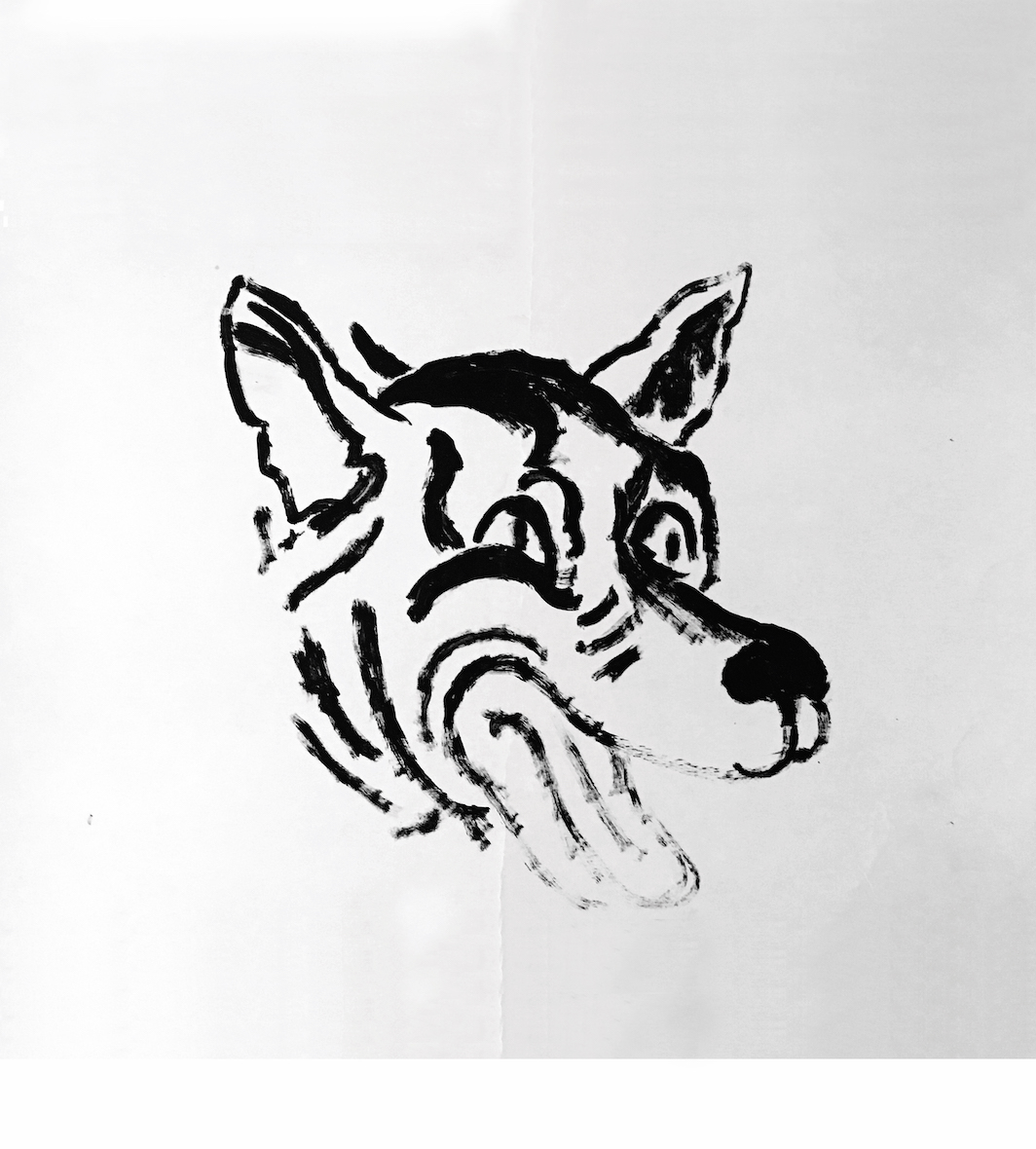
Minna Zallman Proctor

I PICKED UP HIGH RISK: AN ANTHOLOGY OF FORBIDDEN WRITINGS in Trident Booksellers & Café on Newbury Street in Boston in 1991 (when you could still smoke cigarettes while you read and drink bowlfuls of cappuccino), because Kathy Acker was in it and I idolized her—though she confused me with all her code-switching, gender-floating, language-bending, anti-narrative raucousness. Maybe I idolized her because she confused me. William S. Burroughs was in it too. He confused me but not in a way I was sure I liked. I was determined to keep trying though; Burroughs had literary street cred. 
In his visionary 1985 essay “Exactitude,” the Italian writer Italo Calvino says, “The literary work is one of these tiny portions in which the existent crystallizes into a shape, acquires a meaning—not fixed, not definitive, not hardened into mineral immobility, but alive, like an organism.” This declaration is just one of the many and various ways that he tries to articulate the relationship between form (finite, distinct, structural, shapely like a crystal) and the infinite (everything in the natural universe that exists and can be imagined), a tension so essential that it could be said to describe all writing, all 
Entirely pristine in its styling, Ottessa Moshfegh’s fourth book, My Year of Rest and Relaxation, opens with the phrase “Whenever I woke up . . .” It is understated, implicit wording—the mild “whenever” simultaneously pointing to no precise time and to various specific times. The words “I woke up” crackle with multiple meanings. Woke from a slumber; woke from a stupor; woke from ignorance; woke from delusion; emerged from grief; emerged revived. It all applies. For a book about a woman so broken and exhausted by life at twenty-four that she sets out to sleep for a year, there couldn’t 
In a fascinating moment toward the end of Daphne Merkin’s new memoir, This Close to Happy, she observes from her seat in the cafeteria of a psychiatric hospital that she feels jealous of the anorexics. “They were clearly and poignantly victims of a culture that said you were too fat if you weren’t too thin . . . . No one could blame them for their condition or view it as a moral failure, which was what I suspected even the nurses of doing about us depressed patients.” The depressives “were suffering from being intractably and disconsolately—and some might say 
My first experience of Angela Carter was The Sadeian Woman, her 1979 belletristic defense of the Marquis de Sade as a moral pornographer and protofeminist. Titillating, brilliant, and clearly deviant, it was a perverse introduction to an alchemy of postmodern theory and frankness I didn’t know possible. At twenty, I heavily underlined assertions like this one: 
I teach memoir writing, and occasionally my students want to learn how to be funny, which fills me with despair. There are many great memoirs—The Liars’ Club, Wild, Autobiography of a Face, Shot in the Heart, The Kiss—and hardly any of them are funny. Real-life tales of suffering, endurance, recovery, emotional survivalism—these are the generally established plotlines for contemporary memoir, what allow writers to indulge literary egocentrism for 280 pages, and what allow readers to be pain voyeurs in a safe, temporary environment. Happily, there are exceptions.Poet Patricia Lockwood’s Priestdaddy (Riverhead, $27) is one.